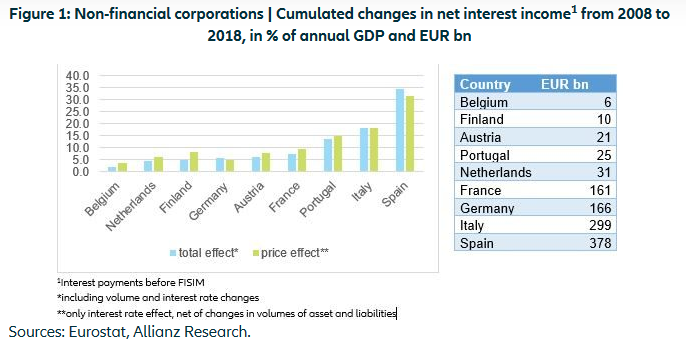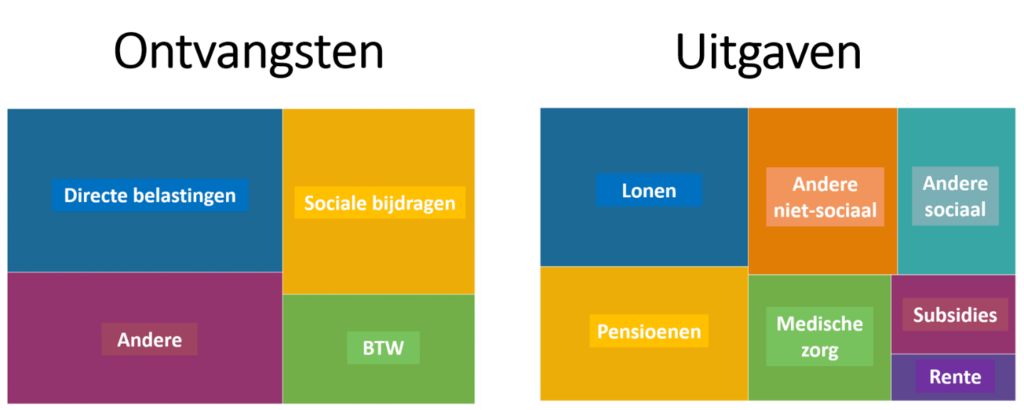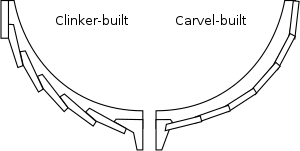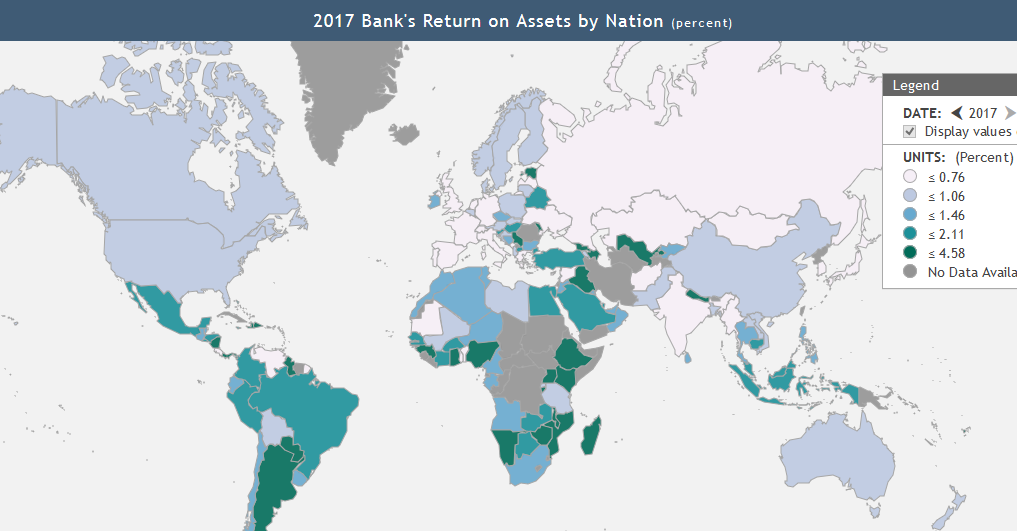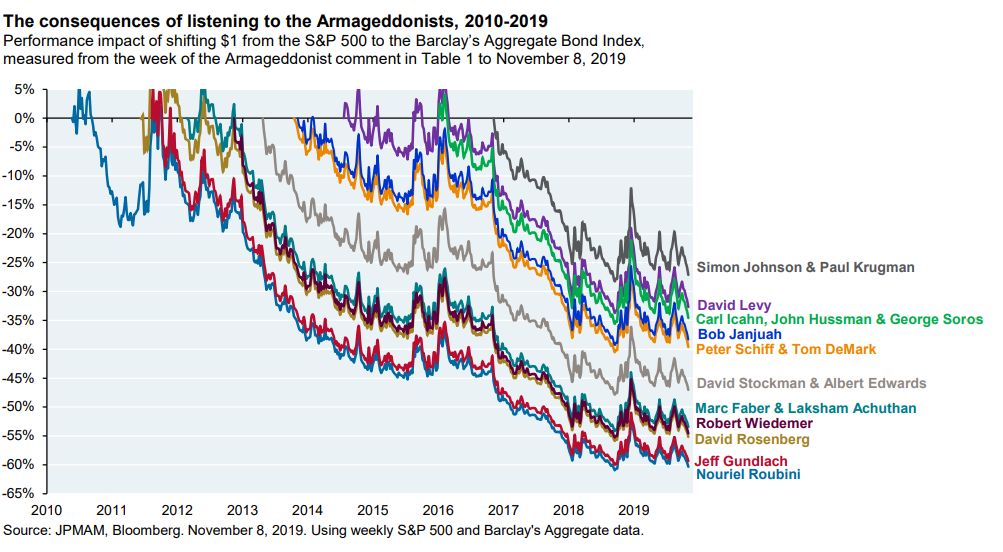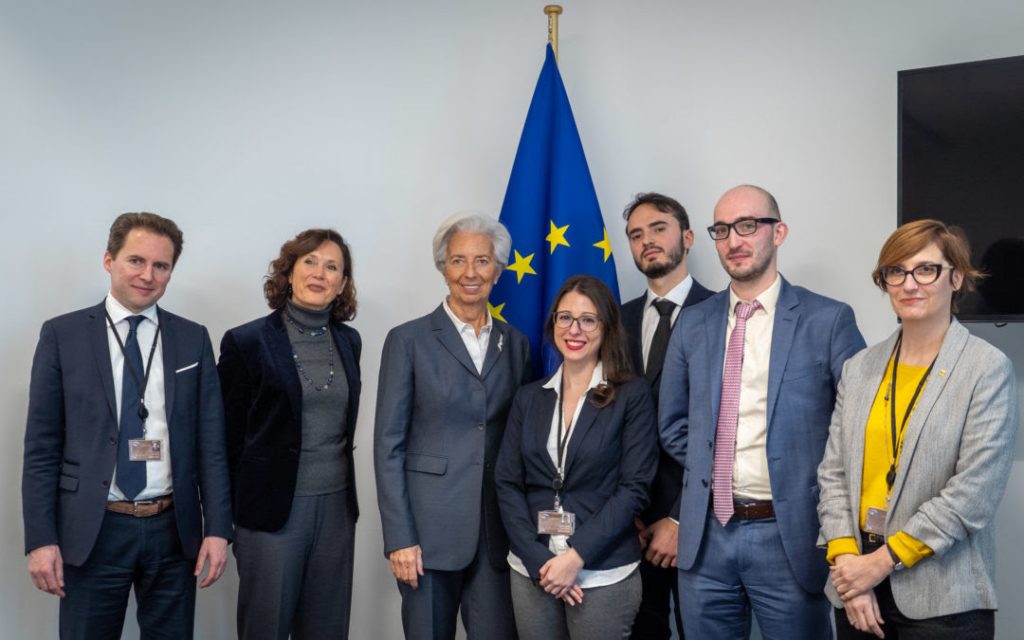Any banker will tell you that it’s not easy to attract and keep new clients. Why do people change banks? I see three reasons:
- Home buyers get better terms on a mortgage compared to their existing bank.
- Savers get a higher interest rate on their savings.
- The new bank has better services.
Roughly speaking, (1) is the stategy of traditional banks. Online savings banks attract deposits with (2) and fintechs employ strategy (3)1.
Let’s apply this framework to NewB, a new Belgian bank (yes, it’s really called NewB). How easily it will attract customers?
- You can’t get a mortgage at NewB.
- The interest rate on its savings account will be zero percent, which is less than the minimum of 0.11% at other banks.
- Finally, there’s no indication that it will delight customers with superior services.
So NewB scores zero out of three.
Yet NewB’s business plan expects the bank to have 277 million euro in deposits by the end of 2024.
Some Chinese banks offer pork meat as a reward for opening an account. Maybe NewB should give an Impossible Burger to new customers? Otherwise, this is gonna turn into Mission: Impossible.


